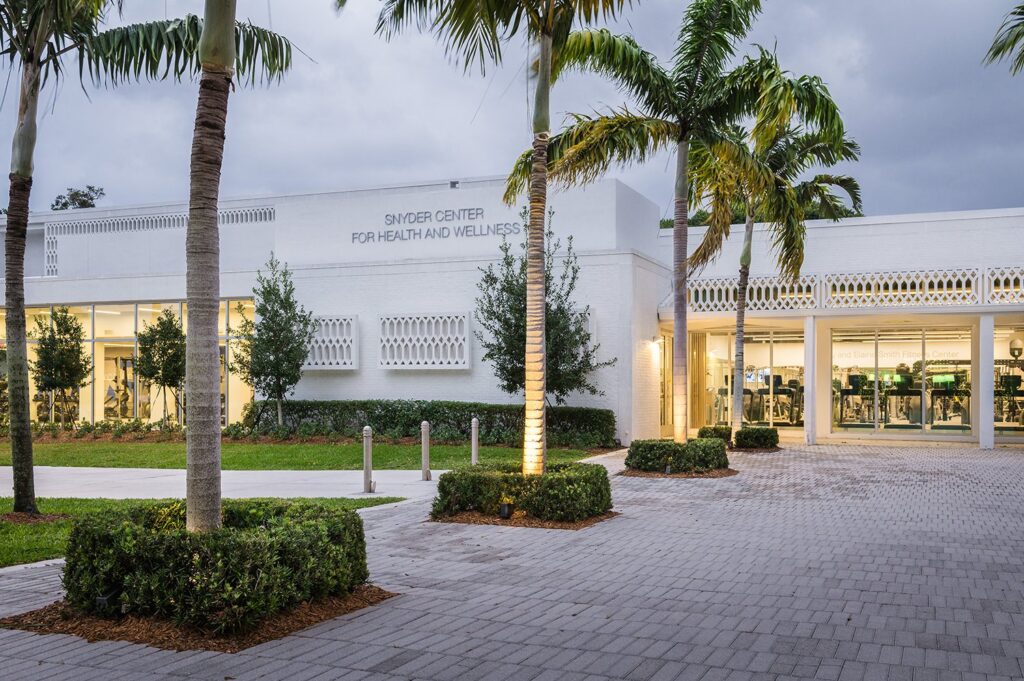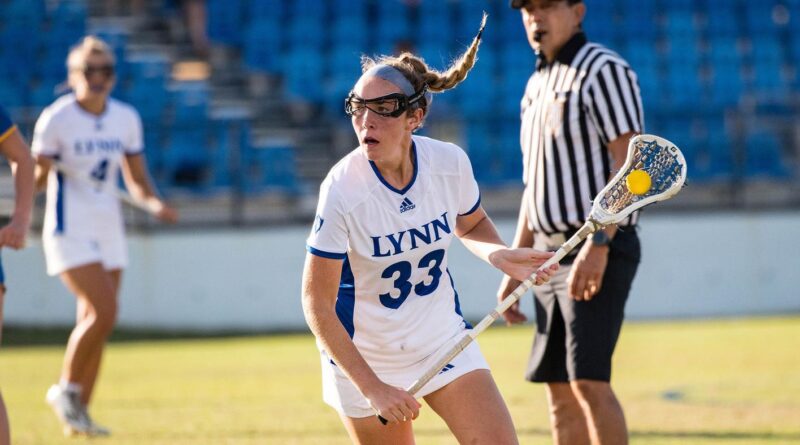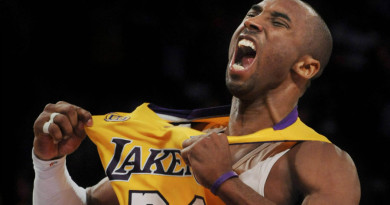Athletes’ Daily Training
A Day in the Life of a Conditioning Student Athlete
By Toby Nwokedi, Staff Writer
Recently, iPulse interviewed athletes and trainers about daily training to get a better insight on conditioning.
According to Virtual DMOS, rehab and physical therapy are crucial to athletes because it improves performance and rebuilds strength. Thankfully for Lynn’s student athletes, there is a place where they can rehabilitate.
“Before practices athletes can come to the athletic training room, they can get some heat or stretches if their coming injuries or just generally doing rehab maintenance,” said Sarah Frasca, an athletic trainer. Athletes use the training either to check on any minor injuries or to use the room to help in their rehabilitation process so that they can train correctly and avoid minor or severe injuries to their bodies. Being healthy and doing the right workouts to prepare for practice or their season is very important for the athletes.
“A lot of hockey is legs quads, glutes and hamstring workouts are big muscle groups to work with legs,” said Logan Moonley, a Lynn hockey team player.
Some of the workouts the hockey team does are quads, deadlifts and a progressive overload. To make the most out of their workout, they train their legs to gain good balance, core and arms to help their shooting be more accurate.
For hockey, leg and arm workouts are important for the sport as they can improve balance, coordination and shooting accuracy. The track and field team mentioned how they worked out as well.
“For some of the conditioning we do would do six 200 meters with 3 minutes of rest in between each rep and then add more speed drills like 40 meter runs and 60-meter runs,” said Isaac Oliver, a track and field athlete.
An athlete from the Lynn swim team also shared how they work out.
“We usually do speed and endurance work for distance, and the other work is for recovery to make sure our muscles don’t get too strained for the actual race,” said Fedrico Kayadjanian, a junior.
The swim team will do some gym sessions per week and cycle weights at the gym. They also have an athletic trainer to guide them in the weights to avoid injury or a muscle strain.
“The athletic trainer would stay on top of us and recommend to us what to do on the sets so we wouldn’t go in there,” said Kayadjanian.
Athletic trainers show great concern towards players and make sure that the workouts and training are well balanced for their players’ conditioning.






